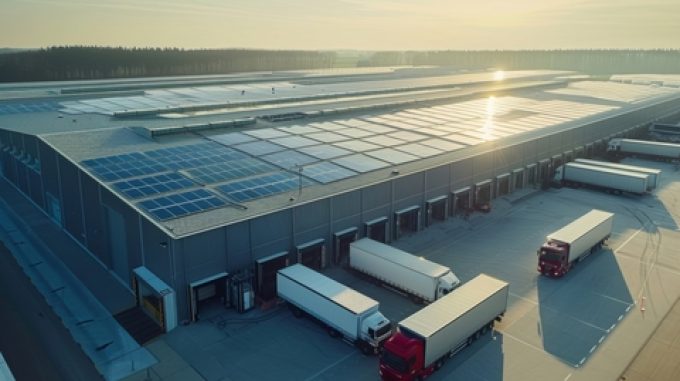FedEx and Amazon partner-up again in new deal to move large parcels
Six years after going their separate ways, FedEx and Amazon have hooked up again, to ...

Global warehouse demand is expected to pick up at the end of the year, according to Transport Intelligence (Ti), but it warned that ‘outdated’ warehouses would not secure premium contracts as shippers demand more modern and sustainable storage operations.
In its Q1 24 Warehouse Tracker, Ti ...

Comment on this article